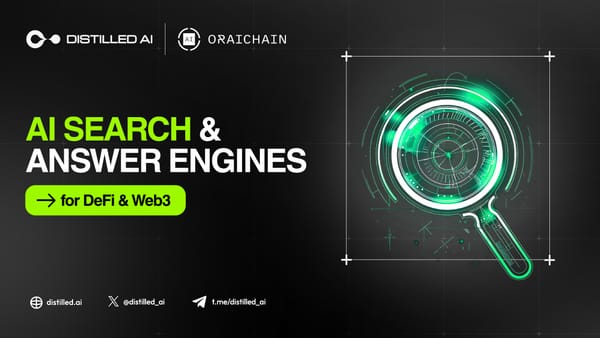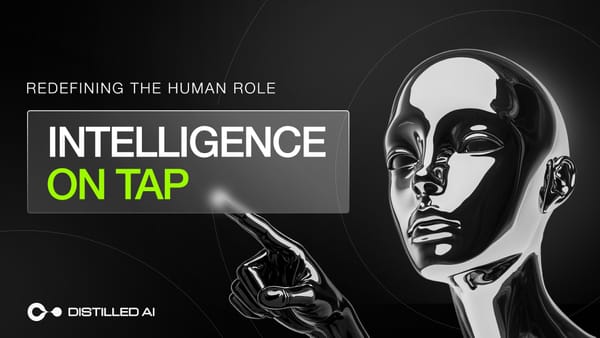The Ethical Implications of Emotional AI: Balancing Trust and Privacy in Human-Like Interactions

Introduction
Emotional AI—the technology enabling machines to interpret and simulate human emotions—has made significant strides in recent years. While these developments promise more personalized and empathetic user experiences, they also present ethical challenges related to data privacy, transparency, and user trust. Below, we examine the ethical implications of emotional AI and offer guidance on striking the right balance between innovation and responsibility.
1. Understanding Emotional AI and Its Ethical Dilemmas
Emotional Data Collection
Emotional AI often relies on sensitive data, such as facial expressions, voice inflections, and textual sentiment. Collecting such data risks exposing personal information about mood, mental state, or health.
Potential for Manipulation
Equipped with insights into emotional states, AI systems could influence user behavior—raising concerns about deception, exploitation, and psychological manipulation.
Why It Matters: As machines become more adept at reading and responding to our emotions, safeguarding user autonomy and consent becomes a vital ethical concern.
2. Privacy Concerns and the Need for Transparency
Data Ownership and Consent
Users should understand how their emotional data is collected, stored, and shared. Clear terms of service and robust user consent protocols can foster trust.
Anonymization and Encryption
To minimize privacy risks, organizations should implement encryption and anonymization where possible. This includes removing identifiable markers and safely handling real-time data transmissions.
Bottom Line: Transparent data handling not only protects user privacy but also builds consumer confidence in emotional AI applications.
3. Ethical Frameworks: Guiding Responsible Development
Principles of AI Ethics
Organizations and policymakers often reference pillars such as Respect for Human Autonomy, Beneficence, Non-Maleficence, and Justice. Aligning emotional AI systems with these principles reduces harm and promotes fairness.
Compliance with Regulations
Laws like GDPR in the EU and emerging AI-specific regulations underscore the importance of data protection and accountability. Companies developing emotional AI should stay updated on evolving legal mandates.
Key Takeaway: Well-articulated frameworks and compliance strategies ensure that emotional AI fosters trust rather than fueling controversy or legal challenges.
4. Balancing Human-Like Interactions with User Trust
Authenticity vs. Deception
While emotional AI seeks to mimic human empathy, organizations must disclose when interactions are AI-driven—protecting users from unwarranted emotional bonds or false expectations.
User-Centric Design
Invite user feedback during development. Regularly test AI interactions to identify potential ethical pitfalls. This iterative approach safeguards both usability and ethics.
Outcome: By prioritizing genuine engagement and respecting user boundaries, emotional AI can enrich user experiences while preserving trust.
5. The Road Ahead: Evolving Standards and Best Practices
• Cross-Industry Collaboration: Stakeholders—including developers, policymakers, and ethicists—can help shape universal guidelines for emotional AI.
• Audits and Oversight: Third-party audits and ethical review boards add an extra layer of accountability and transparency.
• Education and Awareness: Companies should train staff in ethical AI and data privacy to build a culture that values user trust.
Looking Forward: As emotional AI continues to advance, organizations that champion ethical governance and privacy safeguards will likely set industry benchmarks, securing user loyalty and societal acceptance.
Conclusion
Emotional AI offers remarkable potential to enhance user engagement and improve personalization. However, it also brings ethical dilemmas that demand cautious and transparent application. By adhering to privacy regulations, implementing ethical frameworks, and openly communicating with users, companies can ensure that emotional AI remains a positive force—balancing trust and privacy while delivering human-like interactions.
Key Takeaways
1. Data Sensitivity: Emotional signals are personal; implement robust privacy measures and consent mechanisms.
2. Ethical Frameworks: Reference established AI ethics principles to guide responsible design and deployment.
3. Transparency Matters: Clearly communicate AI’s capabilities and limitations to maintain user autonomy and trust.
4. Future-Focused: Embrace cross-industry collaboration and proactive oversight to shape evolving emotional AI standards.
By striking the right balance, emotional AI can revolutionize how we interact with technology—respecting users’ emotional well-being and fostering trust in a more empathetic digital future.



